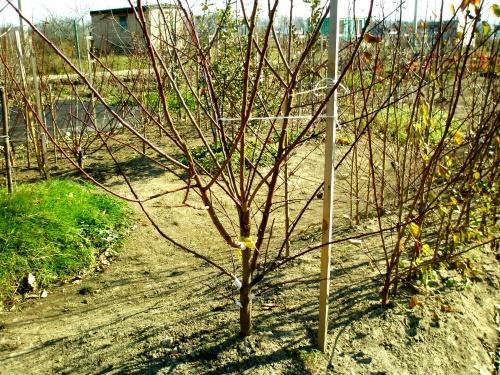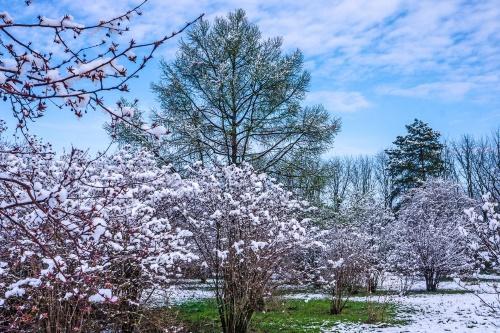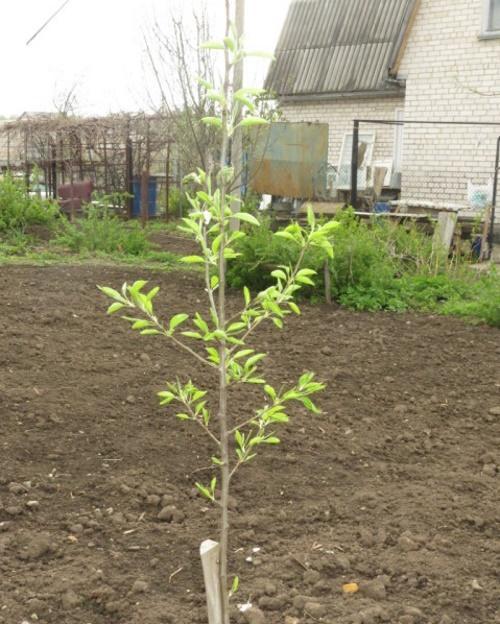Young apricot does not bloom: why and what to do
 Fruit trees, including apricots, are grown not only to create shade in the hot, sunny summer. The main task of the tree is to give the gardener a tasty and abundant harvest of aromatic fruits. To do this, it must first bloom, but often flowering is late. Most horticultural crops form flower buds from the third year of life. Why does a young three-year-old apricot not bloom and how to help it start bearing fruit?
Fruit trees, including apricots, are grown not only to create shade in the hot, sunny summer. The main task of the tree is to give the gardener a tasty and abundant harvest of aromatic fruits. To do this, it must first bloom, but often flowering is late. Most horticultural crops form flower buds from the third year of life. Why does a young three-year-old apricot not bloom and how to help it start bearing fruit?
There may be several reasons for the lack of flowering:
- weather;
- poorly chosen landing site;
- overfeeding with fertilizers;
- the presence of diseases;
- varietal features.
The vagaries of nature
As you know, apricots are one of the most thermophilic crops, in addition, they are sensitive to sudden changes in temperature. Severe winter frosts can "kill" flower buds, so there is nothing to bloom in the spring. Also, freezing and further death of the kidneys also occurs when, after a long autumn, winter comes sharply.
When buying seedlings, you must carefully consider their choice and give preference to those varietiessuitable for a specific region. Heat-loving southern apricots will never flower and bear fruit in cold northern or central climates.
Planting and grooming errors
Apricots love not only warmth, but also good lighting. If you plant a tree in deep shade, it simply will not have the strength to bloom, as it will fight for survival, pulling branches in search of the sun.
For the cultivation of apricots, it is worth taking a sunny place on the site, protected from drafts, where water does not stagnate.
Over-caring for the garden can also be the reason for the lack of flowering, especially when it comes to top dressing. It is worth applying fertilizers in moderation, avoiding a large amount of nitrogen-containing preparations. They stimulate the growth of branches and leaves, then the apricot begins to "fatten" and forgets about flowering.
In order for the overfed tree to “come to its senses”, it should be left without additional feeding for one season.
Diseases and varietal features of the tree
Some apricot varieties mature very late. It would be wrong and completely in vain to expect an early harvest from a species that begins to bear fruit only from the sixth (or even from the eighth) year of life. Therefore, you must carefully study the characteristics of the variety when buying.
Flowering problems also occur if the tree has such diseases, like gum flow. In this case, after the apricot is cured, its ability to bear fruit is restored.